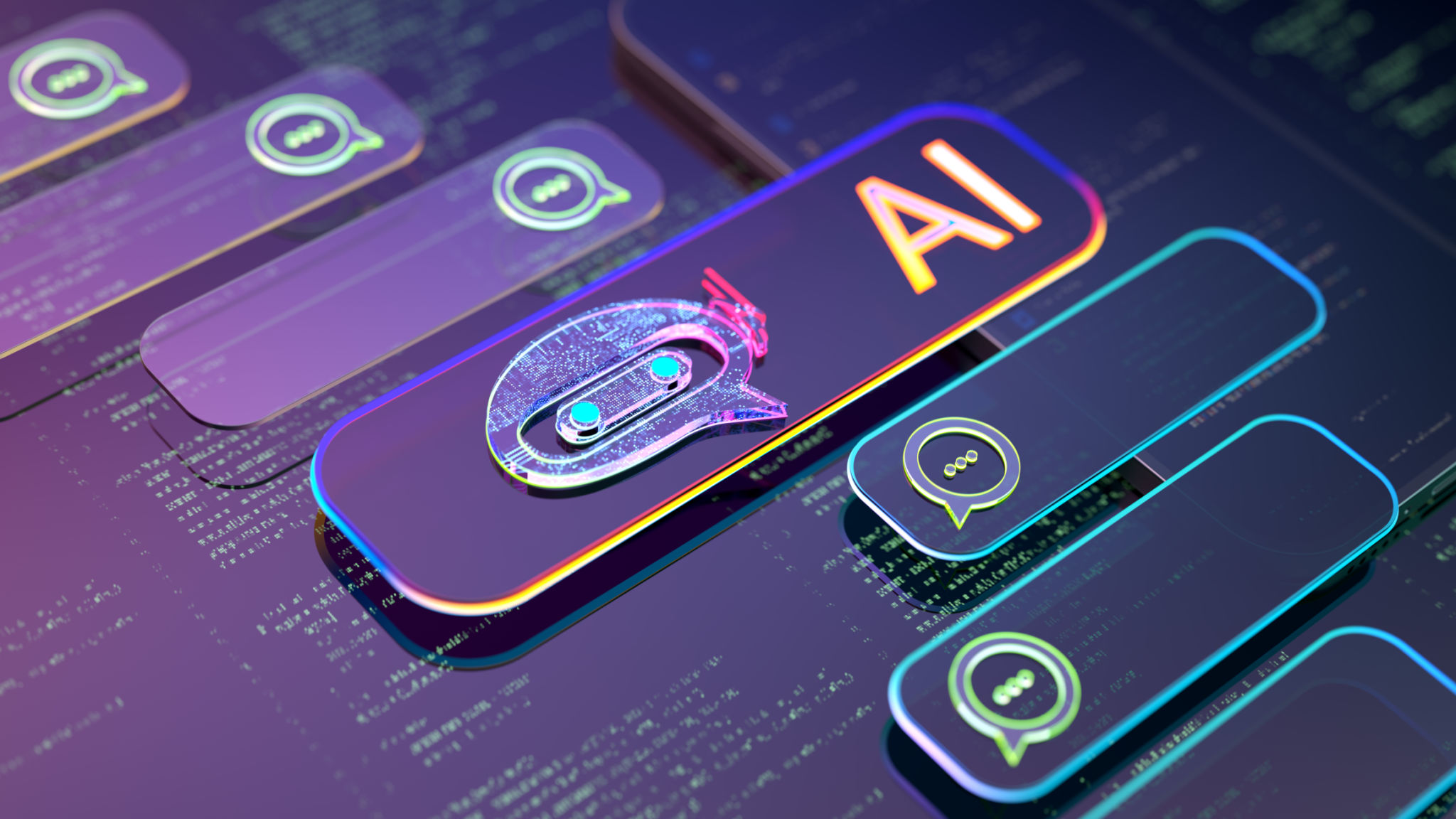Myths About AI in Tech Transfer: Debunking Common Misconceptions
Understanding AI in Tech Transfer
Artificial Intelligence (AI) has become a cornerstone of innovation in various fields, including tech transfer. However, despite its growing presence, many myths and misconceptions about AI still persist. These misunderstandings can hinder the adoption and effective use of AI technologies. In this blog post, we aim to debunk some of these common myths and provide a clearer picture of AI's role in tech transfer.

Myth 1: AI Will Replace Human Jobs
One of the most pervasive myths is that AI will render human jobs obsolete, particularly in tech transfer. While AI can automate certain tasks, it primarily complements human efforts rather than replacing them. AI excels at processing large datasets and identifying patterns, which can significantly aid researchers and professionals in making informed decisions. The human element remains crucial for interpreting these insights and implementing strategic actions.
In reality, AI creates new opportunities for job roles that require skills in managing and interpreting AI-driven data. As tech transfer evolves, roles such as data analysts and AI integration specialists are becoming more prominent, highlighting the synergy between human expertise and machine efficiency.
Myth 2: AI Is Too Complex for Everyday Use
Another common misconception is that AI is overly complex and beyond the reach of everyday users in tech transfer. While AI technologies can be intricate, user-friendly interfaces and tools have made them increasingly accessible. Many platforms now offer intuitive ways to engage with AI, allowing professionals from various backgrounds to leverage its capabilities without needing deep technical knowledge.

Moreover, ongoing advancements in AI are continually simplifying its implementation. As a result, organizations of all sizes are finding ways to integrate AI into their operations, enhancing efficiency and outcomes without a steep learning curve.
Myth 3: AI Lacks Creativity
It's often assumed that AI lacks the creative capacity necessary for tech transfer innovation. While it's true that AI operates within predefined parameters, it can inspire creativity by generating new ideas based on data analysis and pattern recognition. For instance, AI can identify potential areas for innovation that might not be immediately obvious to human researchers.
Furthermore, combining human creativity with AI's data-driven insights can lead to groundbreaking discoveries and applications. This collaboration enhances the potential for innovative solutions that neither humans nor machines could achieve independently.

Myth 4: AI Is Unreliable and Prone to Errors
Some believe that AI is unreliable due to its susceptibility to errors. While no technology is entirely error-free, AI systems are constantly improving through machine learning and updates. Additionally, rigorous testing and validation processes help ensure that AI tools used in tech transfer meet high standards of accuracy and reliability.
The key to minimizing errors lies in proper training and data management. By using high-quality datasets and continually refining algorithms, organizations can enhance the precision of their AI applications, making them valuable assets in tech transfer processes.
The Future of AI in Tech Transfer
As we demystify these misconceptions, it becomes clear that AI holds tremendous potential for advancing tech transfer initiatives. By embracing AI as a tool rather than fearing it as a threat, organizations can unlock new efficiencies and avenues for innovation.
In conclusion, understanding the realities of AI in tech transfer is crucial for leveraging its full potential. By dispelling myths and embracing the possibilities that AI offers, professionals can drive meaningful change and achieve transformative outcomes in their respective fields.
